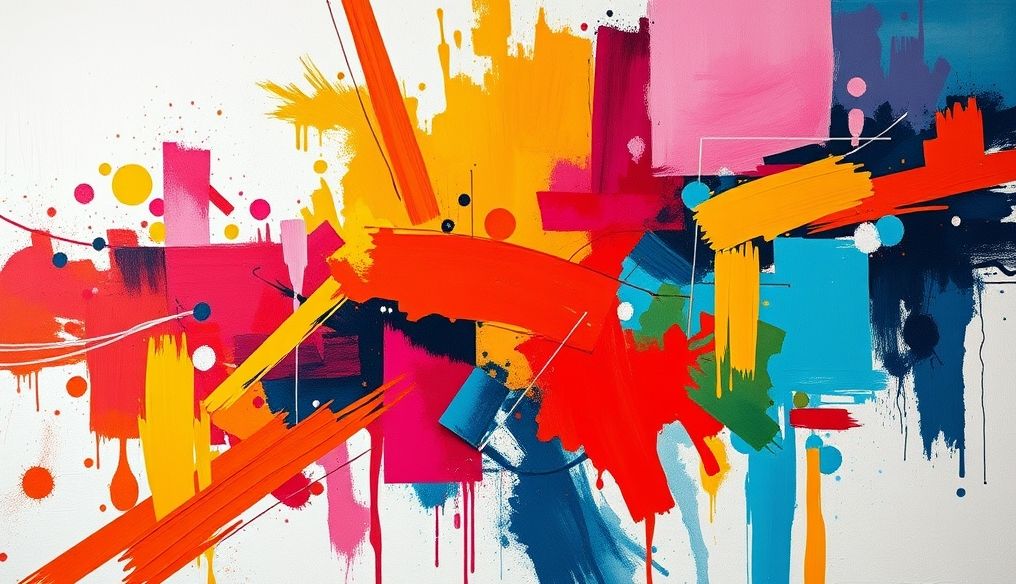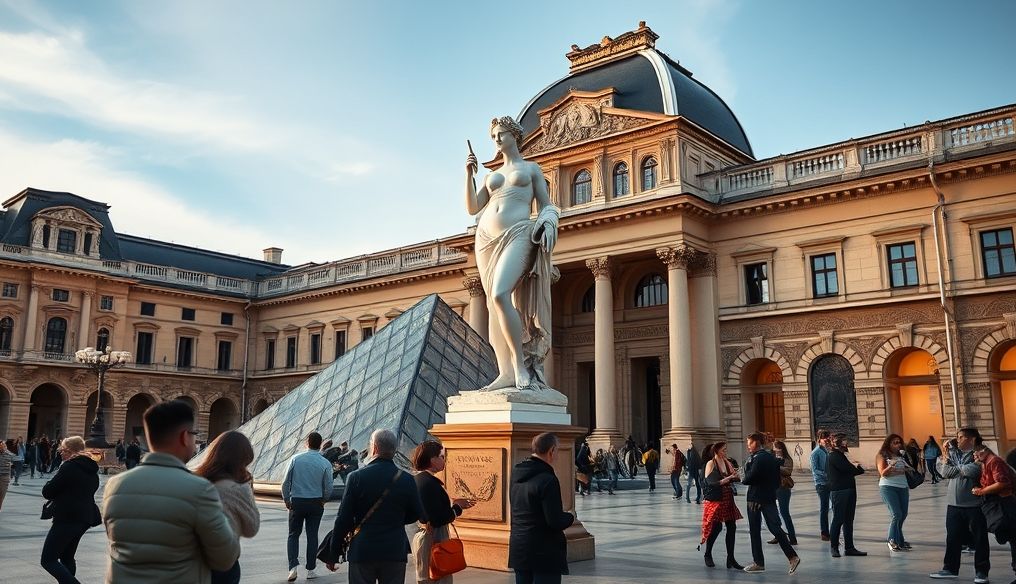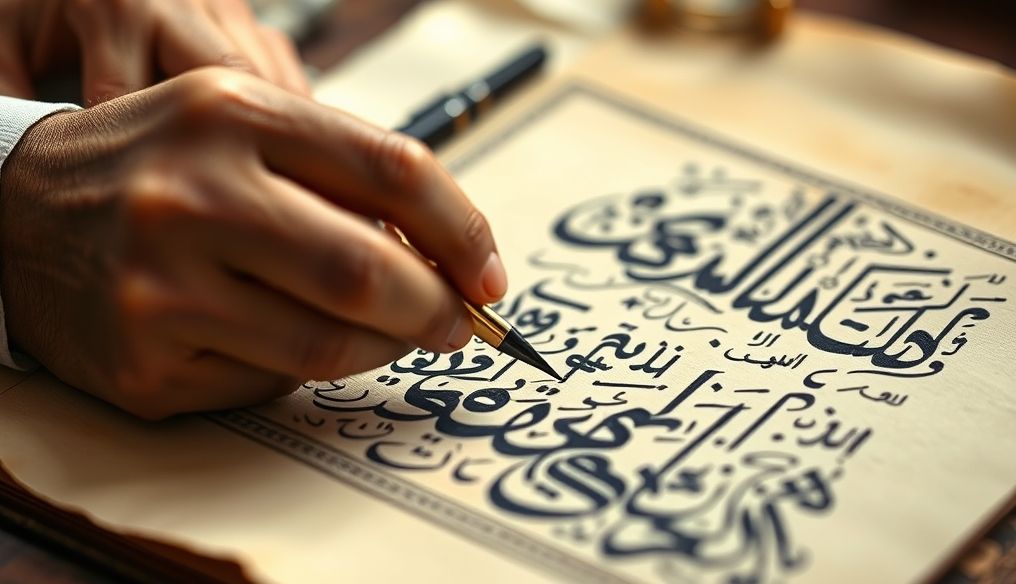Introduction: What is Abstract Art?
Abstract art, or non-representational art, is an art movement that emerged in the early 20th century, aiming to move away from directly representing the visible reality. Instead, the artist focuses on using colors, lines, shapes, and textures to express emotions, ideas, and abstract concepts. Abstract art is considered a challenge for the traditional viewer, who is accustomed to seeing realistic and familiar images.
Why Does Abstract Art Seem Difficult to Understand?
The main reason for the difficulty in understanding abstract art lies in the absence of a clear and direct subject. Instead of an image of a person or a landscape, we find unfamiliar shapes and colors. This requires the viewer to make an extra effort to think and reflect, and explore the meanings behind the artwork.
- Absence of Realistic Representation: There is no clear reference to reality.
- Focus on Formal Elements: Colors, lines, and shapes are the foundation.
- Subjective Interpretation: Understanding depends on the viewer's personal experience.
Keys to Understanding and Appreciating Abstract Art
To appreciate abstract art, we must change our way of thinking and look at it from a different perspective. Here are some keys to help you understand this art:
1. Ignore the Search for "Obvious" Meaning
Don't try to find a specific story or meaning in the artwork. Instead, focus on the visual elements and how they interact with each other. What colors are used? How do the lines move? What is the apparent texture of the painting?
2. Explore the Emotions Evoked by the Artwork
Abstract art often aims to evoke emotions and feelings. Do you feel calm? Excited? Sad? Amazed? Allow the artwork to affect you emotionally.
3. Learn About the Artist and Their Background
Knowing more about the artist, their life, and their influences can provide you with a deeper context for understanding their work. What ideas were they trying to express? What techniques did they use?
4. Look for Patterns and Symbols
Sometimes, abstract artists use recurring patterns and symbols in their works. Try to identify these patterns and symbols, and understand what they may represent.
5. Trust Your Intuition
There is no single "correct" interpretation of abstract art. Trust your intuition and feelings, and allow yourself to form your own interpretation of the artwork.
Examples of Famous Abstract Artists
To simplify the understanding of abstract art, let's take a look at some famous abstract artists and their works:
- Wassily Kandinsky: Considered a pioneer of abstract art. He used colors and lines to express spiritual emotions.
- Piet Mondrian: Famous for his geometric abstract works, consisting of straight lines and primary colors.
- Jackson Pollock: Used the drip technique to create dynamic and energetic abstract paintings.
- Mark Rothko: Known for his large paintings composed of simple color fields, aimed at evoking spiritual contemplation.
The Impact of Abstract Art on Culture and Society
Abstract art has played an important role in shaping modern culture and society. It has influenced various fields, such as:
- Design: Designers have drawn inspiration from abstract art to create innovative and bold designs.
- Architecture: Abstract art has influenced building styles and architectural design.
- Music: Musicians have drawn inspiration from abstract art to create experimental and unconventional music.
- Literature: Abstract art has influenced experimental writing and free verse poetry.
Abstract Art and Personal Development
Understanding and appreciating abstract art can contribute to our personal development. It encourages us to:
- Critical Thinking: Analyzing and evaluating information independently.
- Creativity: Thinking outside the box and finding innovative solutions.
- Tolerance: Accepting different perspectives and respecting diversity.
- Contemplation: Setting aside time to think and reflect on oneself and the world around us.
Practical Tips for Appreciating Abstract Art
Here are some practical tips you can follow to better appreciate abstract art:
- Visit Museums and Art Galleries: See real abstract works and try to interact with them.
- Read About Abstract Art: Look for books and articles that discuss the history of abstract art and its styles.
- Discuss Abstract Art with Others: Share your thoughts and feelings with friends and colleagues.
- Try Creating Abstract Art Yourself: Use colors, lines, and shapes to express your ideas and feelings.
Abstract Art: A Continuous Journey of Discovery
Abstract art is not just a collection of paintings and artworks. It is a continuous journey of discovery and contemplation. The more effort you put into understanding and appreciating it, the more new and interesting aspects you will discover.
Conclusion: Abstract art requires a new perspective. With patience and reflection, we can open a window to a world of deep emotions and ideas.




